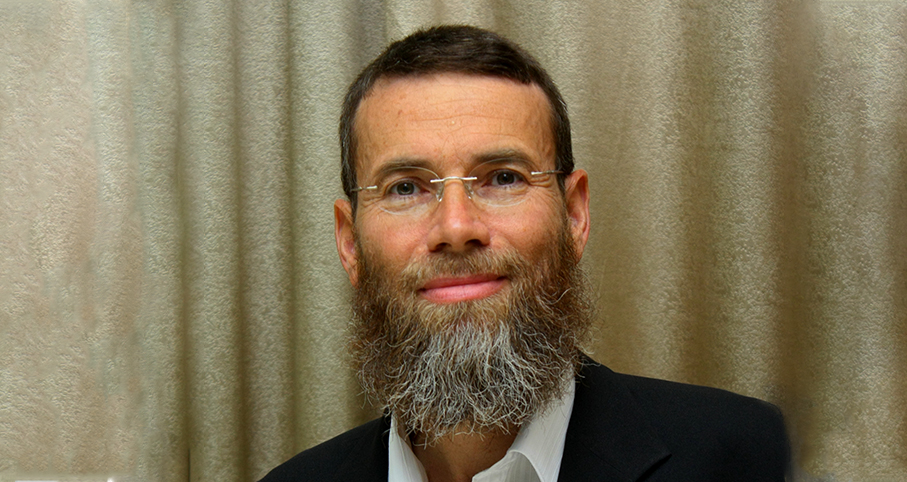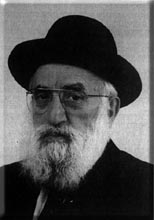Beit Midrash
- Sections
- Chemdat Yamim
- Bemare Habazak - Rabbis Questions
Answer:You lumped together different types of minhagim with very different characteristics. We will not deal seriously with the specific issues but will touch on what type of practice has more flexibility than another and why.
First we must consider the source and authority of different types of religious laws and practices. We encourage you to read our Introduction to the History and Process of Halacha in Living the Halachic Process vol. I (also available on Eretz Hemdah’s website). Some halachot are from the Torah and cannot be changed. There can sometimes be changes in the implementation of certain Torah laws, but this is a rarity, which has very specific reasons and parameters for change. One example: the Torah forbids cross-dressing, but what is considered dress of the opposite gender changes with time and place.
Rabbinic laws (up to the completion of the Talmud) are binding, and do not change much. Certain laws were not accepted sufficiently by the nation and were thus discontinued (e.g., oil produced by non-Jews – see Avoda Zara 35b). Rabbinic laws that were composed with built-in limitations and exceptions to the rule are more common. Certain unusual cases were excluded from injunctions (see Beitza 2b). Sometimes the Rabbis provided a device to obviate the prohibition in certain cases (e.g., a pruzbol document to allow collection of debts after a rabbinic-level Shemitta year). Payment for work on Shabbat is a fine example. The Rabbis knew they could not totally disallow a Jew to work (without desecrating Shabbat) professionally on Shabbat (consider rabbis, hotels, babysitters). When creating the Rabbinic prohibition of receiving pay for services provided on Shabbat, they left out of the prohibition certain cases where it is done in a less objectionable way, including when payment is not for Shabbat but for a time-period that includes Shabbat.
Minhagim are more flexible for several reasons. One is that they are often not formally instituted, making them more closely linked to circumstances, which change. Also, what some call a minhag may just be a standard practice that never had halachic standing (no, bagels and lox are not required at a brit mila!). There is another type of minhag, which is related to Torah law. That is that when there are different opinions on the proper application of Torah law, as a minhag may develop as to which opinion to accept.
Let us now look at your examples. Women are required to learn Torah, although the nature of their obligation is different from a man’s (see Beit Yosef, Orach Chayim 47). Curriculum, venue, and style of study have changed dramatically because of changing situations, but the same is true of men’s Torah education (in different ways). This is an example of a change in practice as to how to best perform a Torah law. When the matter has great religious significance, the guidance of great rabbinic leaders is crucial to ensure that it is done by the right people, at the right time, in the right way, and for the right reasons. Bais Yaakov sought out the approval of the highly revered Chofetz Chayim. The introduction of Talmudic study for women was encouraged by the great Rav Soloveitchik.
Regarding agunot, we must make a few corrections. The questions of agunot are almost always questions of Torah law and sometimes rabbinic law – not minhag. Due to increased need, steps that use existing halachic principles to reduce the scope of the problem have become more prevalent, and we strongly support the trend. However, we cannot "wave the wand" of minhag to make the issues of agunot disappear.

Bemare Habazak - Rabbis Questions (627)
Various Rabbis
69 - Pay for Overtime on Shabbat
70 - Different Types
71 - Continuing to Eat Based on an Initial Beracha
Load More

Ask the Rabbi: Kohen Who Has Trouble Standing
Rabbi Daniel Mann | Cheshvan 5786

Ask the Rabbi: Minyan or Tallit and Tefillin?
Rabbi Daniel Mann | Tammuz 5785

Ask the Rabbi: Transporting Children before or after Shacharit?
Rabbi Daniel Mann | Kislev 5786

Ask the Rabbi: Erev Pesach That Falls on Shabbat
Rabbi Daniel Mann | Nisan 5785

Rabbi Daniel Mann

Obtaining Arba’ah Minim for the Sukkot after Shemitta
Tisheri 7 5776

Ribbit in a Loan from an Irrevocable Trust Fund
Adar 7 5777

Washing Hands with Soap on Yom Kippur
Tishrei 4 5776


























